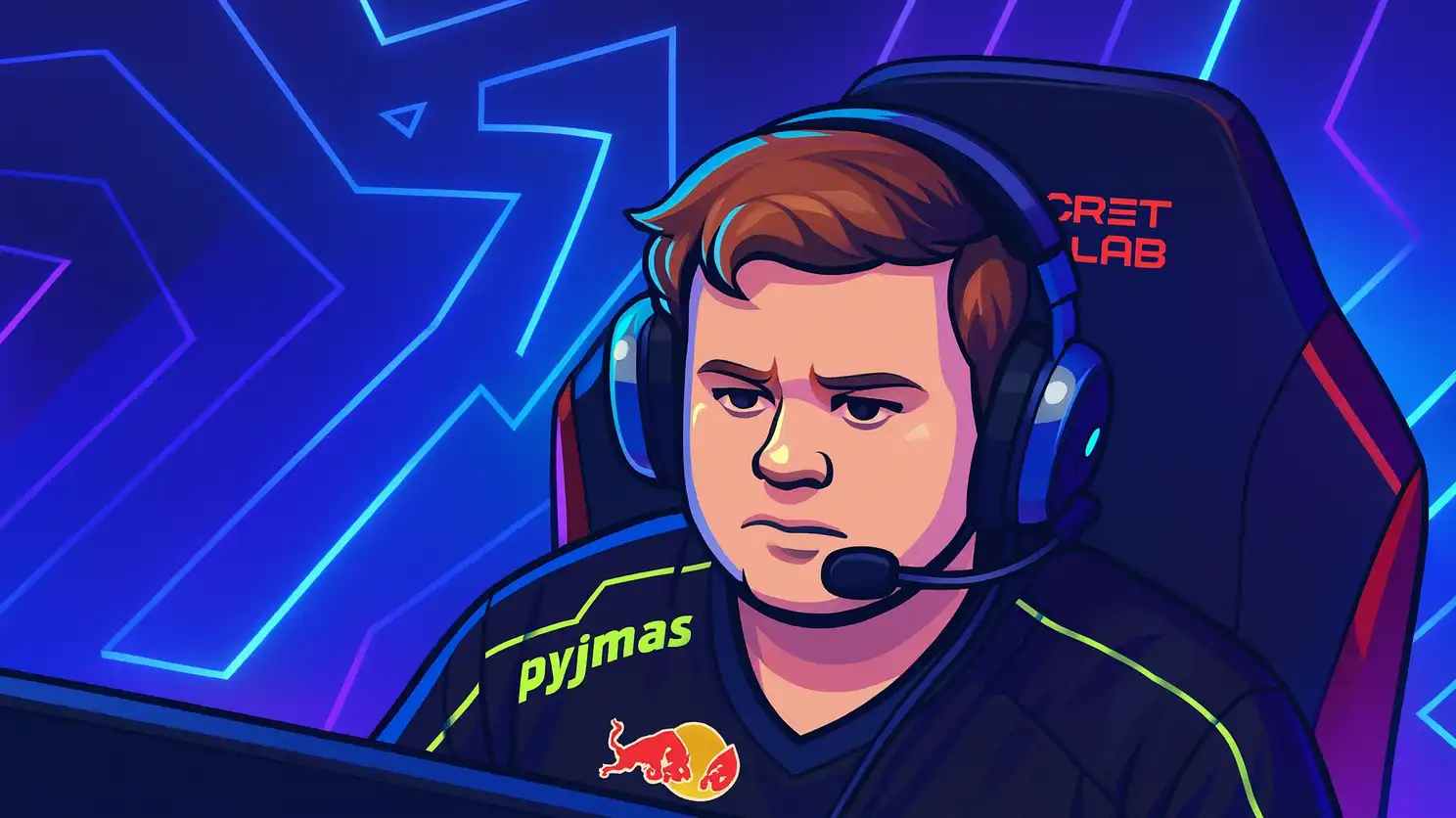NIP and fnatic Race to Reclaim Their Legacy in the CS2 Era

NIP and fnatic Race to Reclaim Their Legacy in the CS2 Era
Two of Counter-Strike’s most storied organisations, Ninjas in Pyjamas and fnatic, are battling to regain relevance just as the CS2 era and the new Valve Ranking System (VRS) make the climb back to the top harder than ever.
From Swedish Kings to Outsiders
For years, Sweden stood at the summit of Counter-Strike. In 2013, the first Valve-sponsored Major at DreamHack Winter featured an all-Swedish grand final: Ninjas in Pyjamas, still riding the momentum of their legendary 87–0 LAN streak, against the rising fnatic lineup led by a young JW.
fnatic shocked NIP in that final, and between 2013–2015 at least one of the two teams appeared in every Major grand final. fnatic ultimately secured three Major titles, cementing their place in history as the first club to reach that milestone.
Their rivalry spanned multiple unforgettable storylines — including the controversial replay at DreamHack Bucharest 2013, where tensions ran high after an overtime rules dispute. But by 2015, the golden age of Swedish Counter-Strike had peaked. Neither team has reached a Major final since, and both eventually moved away from all-Swedish rosters after years of slow decline.
How the Decline Unfolded
NIP: A Steady Spiral
NIP’s downturn began when longtime support player Fifflaren departed, triggering a years-long carousel of “fifth players.” Maikelele, allu, pyth, draken and others cycled through the roster, but none solved the underlying issues.
In 2017, REZ arrived as the new Swedish prodigy — a move the organisation later admitted came far too late. Although he delivered standout moments, including an MVP run at IEM Oakland, he spent years shifting between roles, even trying to fill the AWP position at one point. The instability stunted his development, and he eventually departed to flourish elsewhere.
fnatic: The End of an Era
fnatic’s slide began in 2016 when olofmeister’s injury disrupted their dominance. A chaotic three-player swap with GODSENT fractured long-standing chemistry; JW later said the period “tested friendships,” and the team ultimately “did not pass that test.”
A brief resurgence came in late 2019 under Golden, culminating in a title at DreamHack Masters Malmö, but as the talent pipeline dried up, fnatic finally embraced an international roster in 2021.
Both teams attempted to rejuvenate themselves through academy programs, but Sweden’s overall talent decline was unmistakable: the country went from seven players in the 2014 HLTV Top 20 to zero by 2021 — and none have appeared since.
Late to the International Revolution
Global lineups became the norm in Counter-Strike long before fnatic and NIP joined the trend.
fnatic made the leap first in 2021 with a British core, while NIP waited until 2022 when they surrounded Aleksib with a mixed Scandinavian lineup — then made an even bigger bet by signing superstar AWPer device.
The experiment produced only modest results and ended with device returning to Astralis. By 2023, NIP finally transitioned into a fully international project, and by 2025 the main roster no longer included any Swedish players.
NIP: Rebuilding From Zero
After a disappointing 2024 season and a near-miss at the RMR, NIP decided not to patch the existing roster — they blew it up entirely.
Head coach Xizt and Ukrainian AWPer r1nkle became the foundation of a new lineup featuring:
Marco “Snappi” Pfeiffer as IGL
Rasmus “sjuush” Beck as a reliable anchor
Portuguese newcomers ewjerkz and arrozdoce
Esports Director Erik Wendel called it “one of the best transfer windows” in NIP’s history, noting that several signings came at symbolic fees.
The most difficult decision, according to Xizt, was benching franchise icon REZ — a move he described as the hardest of his career.
Snappi, coming off a turbulent year, described joining NIP as a personal reset and warned that climbing the VRS might take “six to twelve months,” even with a strong roster. To speed up the process, NIP entered smaller events — including Fragadelphia Las Vegas — purely to farm ranking points and build on-stage chemistry.
The new system has produced a promising core, and performances have steadily improved as the roster gains more LAN experience.
fnatic: The BlameF Era and a High-Value AWP Bet
fnatic’s resurgence has been more inconsistent. They’ve only qualified for half of the Majors since 2020, and just one in the CS2 era.
A major turning point came in 2024 with the signing of Benjamin “blameF” Bremer. The organisation described him as a “franchise-level player,” signalling a renewed ambition to return to the top.
The move also pushed Kyuubii into a substitute role — not because of poor performance, but because the opportunity to build around blameF was too significant to pass up, the team said.
blameF has embraced the chance to prove himself outside of Astralis. Free from in-game leading duties, he noted that he “always plays better when not calling.” He also admitted that international rosters take longer to build chemistry due to limited in-person time and harder communication routines.
To complete their new identity, fnatic invested heavily in rising AWPer Dmytro “jambo” Semera — reportedly paying a record transfer fee. The idea is simple: pair a superstar rifler with a high-upside AWP to build a long-term core.
fnatic’s run through the recent Major qualifiers was chaotic, with narrow victories and a bit of luck helping them secure a spot at the Budapest Major — but crucially, they made it.
Budapest: A Reality Check
Both NIP and fnatic reached the upcoming Budapest Major, but neither team arrives as a favourite. Their qualification journeys were difficult, inconsistent and full of narrow escapes.
Budapest won’t crown a contender for either organisation — it will measure how far they’ve come, and how far they still need to go.
What is clear is that both teams have finally embraced the demands of modern Counter-Strike: international rosters, bold roster decisions and a willingness to grind the ruthless VRS system from the bottom.
Whether that will be enough to elevate them back to tier-one status is still uncertain — but for the first time in years, the door is open.

.webp)

